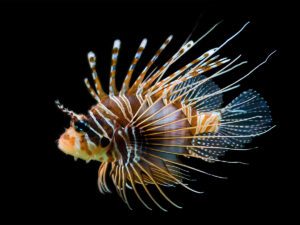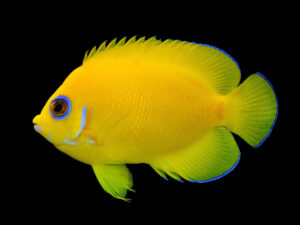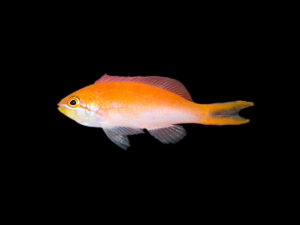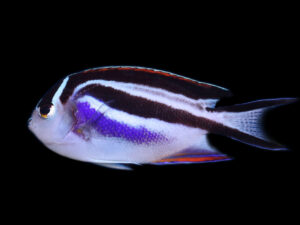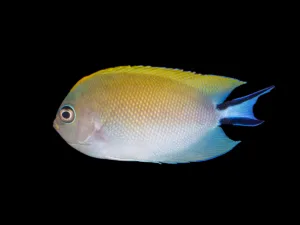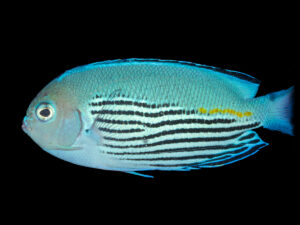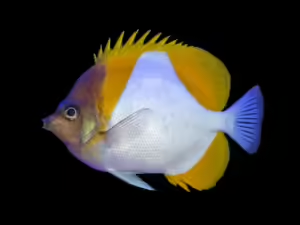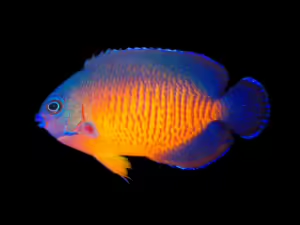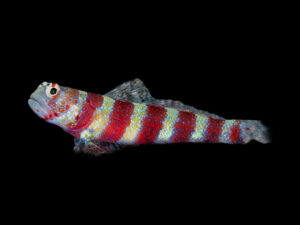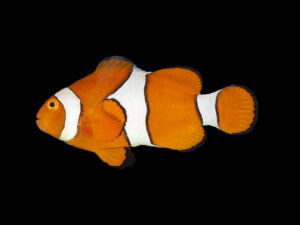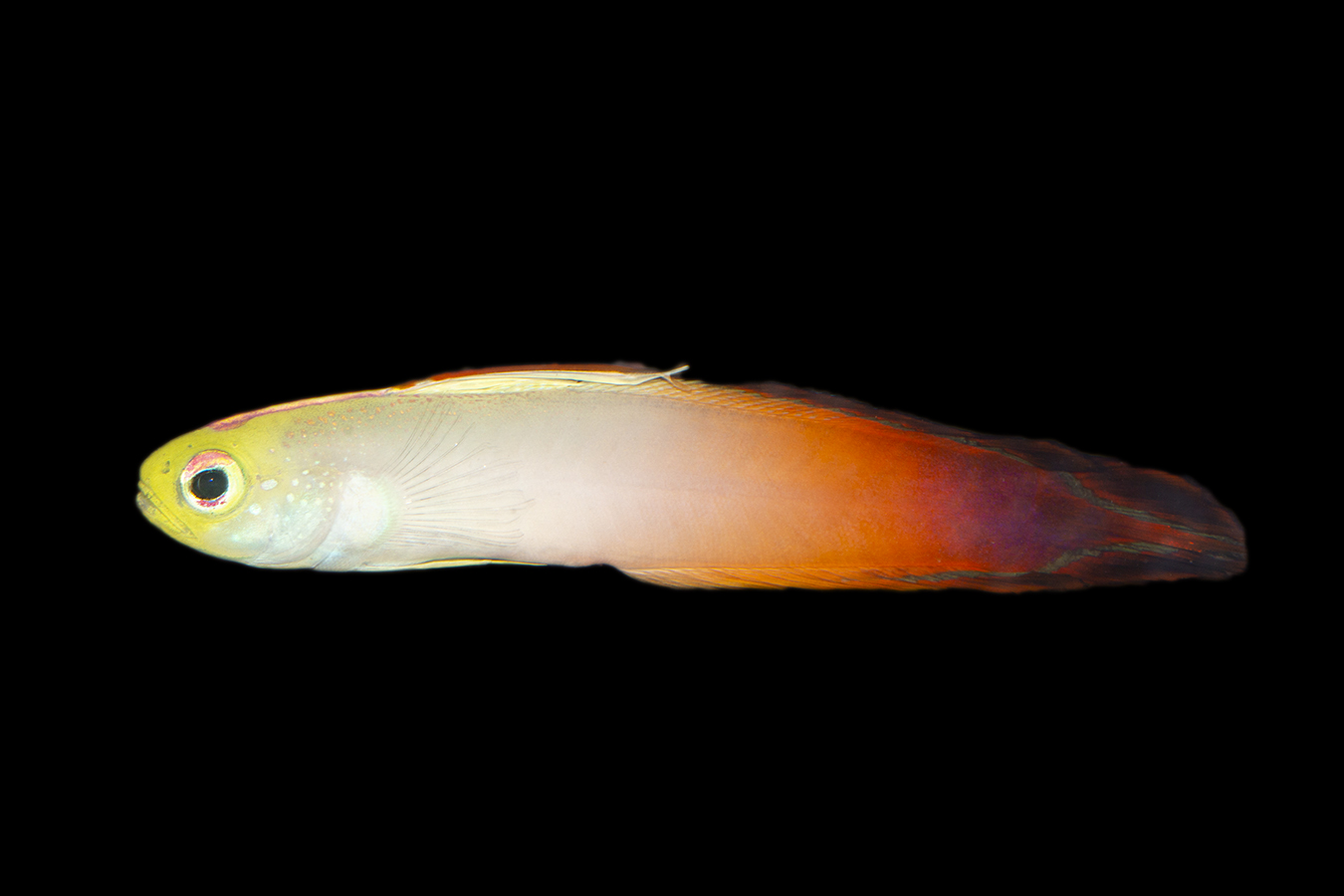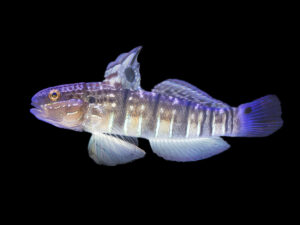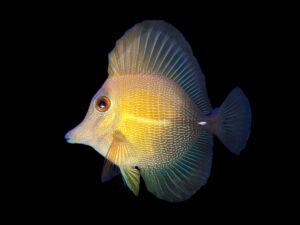Related products
-
Antennata Lionfish
$150.00Select options This product has multiple variants. The options may be chosen on the product page -
38%
Lemonpeel Angelfish
$125.00$200.00Select options This product has multiple variants. The options may be chosen on the product page -
Dispar Anthias
$30.00Select options This product has multiple variants. The options may be chosen on the product page -
Flame Hawkfish
$125.00Select options This product has multiple variants. The options may be chosen on the product page -
Bellus Angelfish
$450.00Select options This product has multiple variants. The options may be chosen on the product page -
Swallowtail Angelfish
$125.00Select options This product has multiple variants. The options may be chosen on the product page -
Watanabe Angelfish
$125.00Select options This product has multiple variants. The options may be chosen on the product page -
Copperband Butterflyfish
$55.00Select options This product has multiple variants. The options may be chosen on the product page -
Pyramid Butterflyfish
$75.00Select options This product has multiple variants. The options may be chosen on the product page -
Coral Beauty Angelfish
$55.00Select options This product has multiple variants. The options may be chosen on the product page -
Wheeleri Shrimp Goby
$475.00Select options This product has multiple variants. The options may be chosen on the product page -
Percula Clownfish
$45.00 – $125.00Select options This product has multiple variants. The options may be chosen on the product page
Fire Goby
$55.00
Please Note: Due to variations within species, your item may not look identical to the image provided. Approximate size range may also vary between individual specimen.
Deep dive >
Quick Stats
- Dietry Requirements
- Compatible With
- Maximum Fish Size (cm)
- Minimum Tank Size (L)
- Same Species Aggression
- Other Species Aggression
- Care Requirements
The Fire Goby is one of the more popular fish in the marine hobby. It is a magnificent fish with brilliant colouration, a unique body shape, and unparalleled personality. The Fire Goby has a yellow head, white anterior, and pinkish to orange-red posterior. The dorsal, anal, and caudal fins are highlighted in black. In addition to its striking colouration, the Fire Goby is also heralded as a sweet-tempered fish with lots of personality. And, because of its small size, the Firefish Goby makes a great addition to the smaller reef system.
In the wild, the Fire Goby is usually found in groups hovering over the reef, harvesting planktonic food that drifts by in the current. The docile, Fire Goby is timid and in the wild, each will have a “bolt-hole” into which it quickly ducks when threatened. In the home aquarium, the Fire Goby needs multiple safety zones amongst rocky crags or outcroppings into which it can dart if stressed. This member of the Gobiidae family is generally not aggressive towards other fish except those of its own species. However, a mated pair can live peacefully together.
To best recreate their wild habitat, the Firefish Goby requires a 75 litre or larger system with moderate lighting conditions and a moderate current passing over the live rock “reef.” Keep in mind that a stressed Fire Goby will try to jump out of your aquarium. As such, house the Fire Goby in aquarium systems with a lid.
Along with algae and zooplankton growing in the aquarium, the diet of the Fire Goby should consist of vitamin-enriched brine fish (live or frozen), mysis shrimp, and prepared marine foods.
Related products
-
Chocolate Goby
$35.00Select options This product has multiple variants. The options may be chosen on the product page -
Pyramid Butterflyfish
$75.00Select options This product has multiple variants. The options may be chosen on the product page -
Swallowtail Angelfish
$125.00Select options This product has multiple variants. The options may be chosen on the product page -
Scopas Tang
$55.00Select options This product has multiple variants. The options may be chosen on the product page
